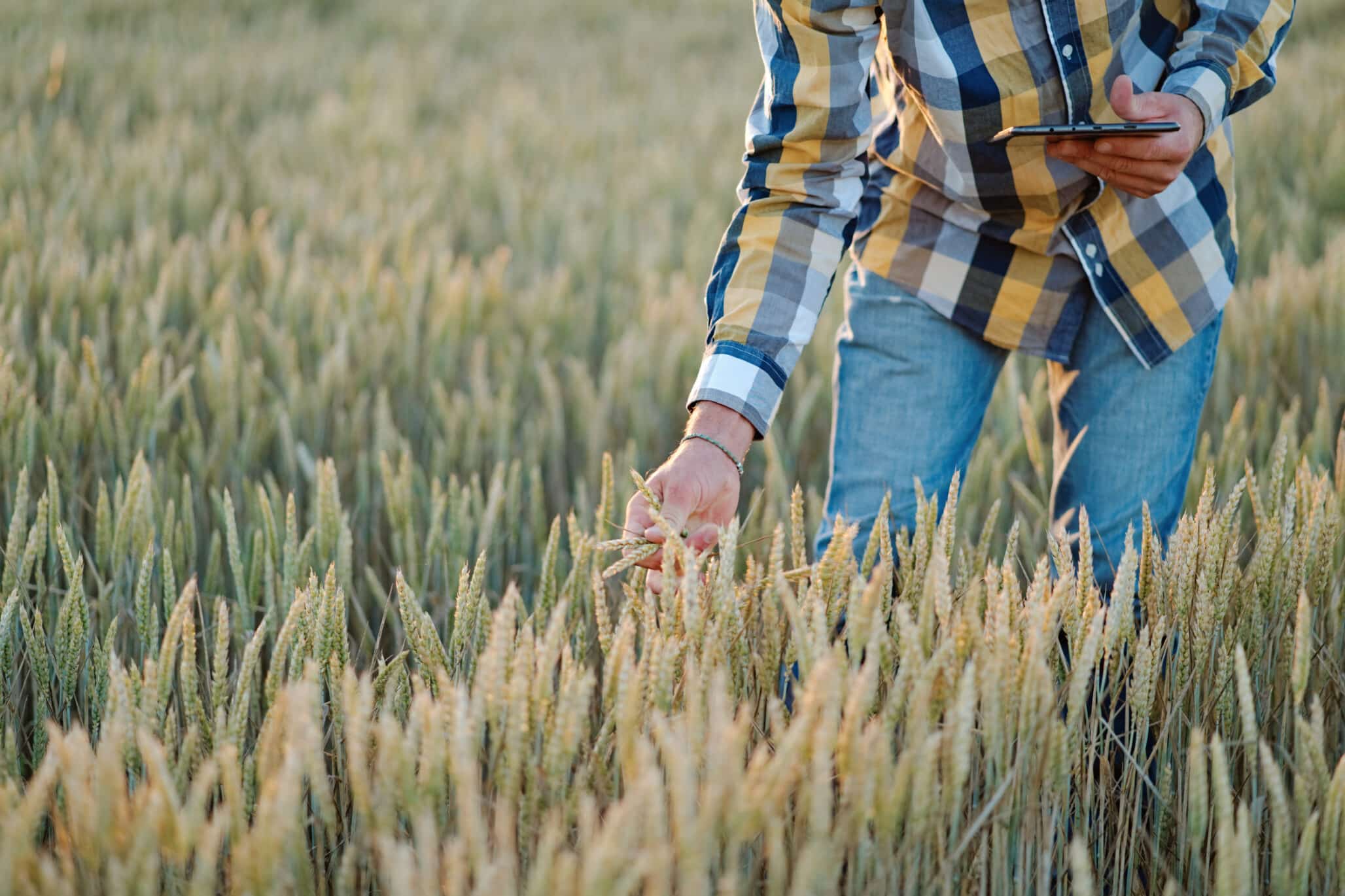Whether they admit it or not, people want to know what’s going to happen in the future — especially in the business world that’s been ravaged by uncertainties for the last two and a half years. Just when we think the COVID-19 pandemic is behind us, there are more supply chain disruptions, there are attacks on Ukraine and there are continued waves of disease.
Realistically, should we be trying to predict the future? According to Sheryl Connelly, the answer is no.
“You should be weary of anyone who claims they can predict the future,” says Connelly, manager of global consumer trends and futuring at Food Motor Company, at the American Seed Trade Association’s Leadership Summit. “That doesn’t mean you can’t start thinking about what the future holds.”
And while Connelly, a “Futurist”, says you can’t see your future from a crystal ball or a psychic, she says predicting the future is all about preparation.
“My job is to push back on the status quo and to ask people to reconsider the cultural norms tucked up out of institutional beliefs,” she says. “When you’re at the top of your game and when your sales and your market share have never been higher — those are the periods when you actually have to change your game.”
If you’re worried about being behind as disruption hits, Connelly says getting ahead and starting the disruption is the best way to prepare. And, in her experience, prepping for uncertainties in advance can be a little nuanced.
1. Think Differently
“First and foremost, you need to think differently,” says Connelly, noting that an excellent example of this is the idea behind Blockbuster and Netflix.
When Blockbuster was unable to think of a world where streaming might be possible, it ended up being a poor business decision on their part.
“They were unwilling to imagine a shift in the marketplace,” she says. “They were clinging to the status quo, and that’s where their mistakes began.”
Instead, try to imagine all possibilities that can happen in the marketplace, and don’t turn down new ideas that might seem wild and “out there.” Keep creative ideas in mind when working on preparing for disruptions.
2. Beware the SWOT analysis
When prepping, a SWOT (strengths, weaknesses opportunities and threats) analysis might seem helpful to you and your business. But, be weary of these processes, as it’s glorified navel gazing, according to Connelly. A SWOT approach typically allows an organization to focus on more controllable issues, whereas most disruptions aren’t controllable.
Instead, shift to a different focus by looking first at the global marketplace to get a big picture of what’s happening and what trends to look out for. Then, move down to your region of operation for analysis. Finally, end on yourself.
“You’re going to find things that happen around the world will definitely impact your local market,” Connelly says. “It’s known as a butterfly effect — all you need to do is look at Ukraine and COVID to see the supply chain disruptions.”
3. Be Provocative
“The whole point of being a futurist is challenging the status quo,” Connelly says.
Being provocative allows you to think about unlikely things that might happen at your job — but not without purpose. While these “wild card” events might not happen, they have a high probability of changing the human condition. Examples include the advent of the internet, decoding the sequence of the human genome, COVID, and the global financial crisis.
“You want to think like a futurist and ask ‘What would that mean? How would that change day to day life? How would that impact the marketplace and change our values?'” she asks.
4. Be Plausible
Though Connelly wants you and your business to think provocatively, it’s important to remain logical and plausible when planning.
“You have to take people on this journey with you — you have to share the logic with stairsteps,” she says. “It’s a process that’s slow and frustrating.”
5. Understand the Difference Between a Fad and a Trend
When identifying new markets and consumer trends, identifying the difference between a trend and a fad is important to maintain what will work best for your business in the long run.
“My goal is to ask you to think through the consequences,” she says. “Is your strategy resilient enough? Is your product robust enough for the inevitable disruption that will come your way? You don’t want to move by trends, because they mean different things to different people.”
Trends can be affected by different affects from areas around the globe — what might be a trend in the U.S. might not be a trend in South America.
In the end, though, it’s important to remember one thing.
“There’s no way to predict the future. It’s a fool’s errand,” Connelly says. “There’s no way it can be done — but you can prepare for uncertainty. When you let go, tit opens up an amazing spectrum of endless possibilities.”
What you do with these possibilities is up to you as a company and industry.
Want to read more? Check out these articles:
The Next Ag Trend Hinges on Demand Drivers
Despite Uncertain Times, Canadians Trust the Business World
3 Ways to Boost Productivity: Communicate, Prepare and Establish Trust












